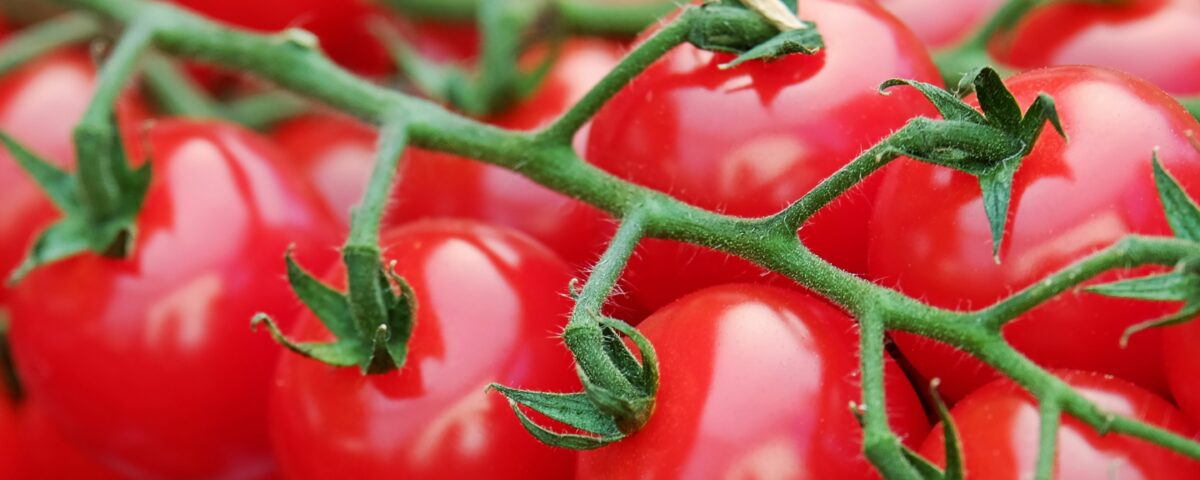Tomatoes Can Survive Hot Summer Days

Tomatoes Can Survive Hot Summer Days
When growing tomatoes in the summertime there are a few things you need to know. From keeping them shaded to watering the plant, we want to make sure you grow your tomatoes for peak production in the hot summer days. Tomatoes are a delicious snack for summer gatherings, whether it’s making homemade salsa, having a tomato cucumber salad, or just picking one off the vine and enjoying a quick treat.
The best thing you can do for your tomatoes is to get some shade over them. Not every variety of tomatoes will need shade. The smaller they are the more heat they can handle. Some heat tolerant tomatoes are yellow pear, cherry, phoenix varieties and torch varieties to name a few. They like to be shaded from about 60% sun blockage, especially shaded in the afternoon sun. If they shaded more than 60% they tend to be more leggy and production is much lower. Self shade is okay, but you will want to check the plant often. If it is starting to turn white on the top it means they are getting too much sun.
You can grow your tomatoes by trellising, staking and caging. We enjoy growing the vining variety of tomatoes which are called an indeterminant (the bush types are called a determinant variety). There are ways to prune for peek production. We like to cut out the suckers (anything growing off of the side of the cane that just keeps growing without production) and just leave the fruiting stems.
Be consistent with your watering during the summer. You don’t want to overwater or underwater them. We like to let about a half an inch of the top soil dry out before we deep water them so you aren’t rotting the roots. You can water them about 24 inches deep after the top soil is dry. This could happen almost every day in the hot summer months. Keep in mind that mulching tomatoes is a great way to increase the nutrient uptake for the entire plant.
Once the temperature gets to above 95 degrees the pollen in the plant deactivates. Even if there are bees, these plants aren’t going to produce fruit. Once the temperature goes back down the pollen will reactivate. You can actually pollenate the plant yourself by going out in the evening, about an hour after the temperature drops below 95, by grabbing a Q-tip and doing some of the pollenating your self. Use the Q-tip to grab some of the pollen from the inner parts of the flower and switch between flowers all over the plant. Be a bee to help pollenate your plants for greater production.
If you want to learn more about growing tomatoes and other berries, and grapes in the summer you will want to join our Mastery Membership! To learn more about the Membership visit https://agriscaping.com/diy-mastery/
